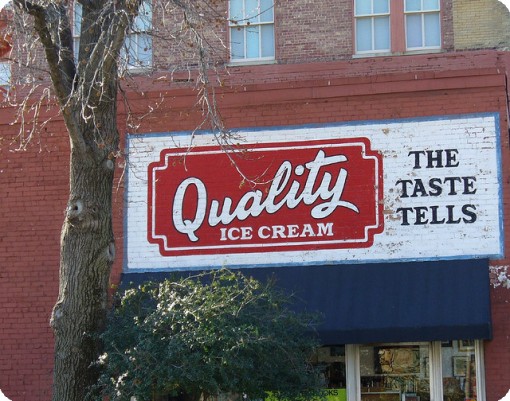On
ASQ’s Blog, President Paul Borawksi asks what the role of quality is customer
service.
When you think of “quality,” do you think of customer service? What do you think is the role of quality—whether the “big Q” or the “little q”—in customer service?
Customer
satisfaction is one of the most important aspects of any organization. If
customers aren’t satisfied, they will take their business elsewhere and the
organization won’t last.
The
responsibility of delivering quality products and services to customers lies on
the shoulders of every single individual who is even remotely associated with
the organization. It is not only the management but also employees irrespective
of their designation, suppliers, clients, customers who need to come up with
improvement ideas to make foolproof systems and processes to deliver quality
products which meet and exceed the expectations of end- users.
The
meaning of quality differs depending upon circumstances and perceptions. For
example, quality is a different concept when focusing on tangible products
versus the perception of a quality service.
Fundamentally,
there are three levels of quality customer service:
First
level: Conformance
to Customers basic requirements, includes safety /health.
Second
level: Customer
satisfaction with Customer's expressed requirements.
Third
level: Customer
delight with unexpected new quality achieved by meeting customer's latent
requirements.
Remember
that long term profitability isn’t as much in winning customers as in keeping
customers. Each individual customer’s perception of your company will determine
how well you do and that perception will depend on the level of customer
service you provide.
Big
Q and little q is a term coined by Dr. Juran and is key in fully understanding
quality. It contrasts the difference between managing for quality in all
aspects of business process, products and services which is Big Q – or quality
of design. While little q relates to a
much more limited capacity of quality of manufacturing (e.g. quality control
activities).
Quality
of design: Thoughtfulness and processes that lead to user delight, that make it
likely that someone will seek out a product, pay extra for it or tell a friend.
Quality
of manufacture: Removing any variation in tolerances that a user will notice or
care about.
To
survive and thrive in a very competitive landscape, companies need to focus on
the Big Q – or quality of design. Quality of manufacturing is important to
control defects, but remarkability can only be built into the design. These are
emerging views on quality, and the ones we cannot afford to ignore.
Customer
satisfaction is a very important part of quality management because it directly
involves the products and services that are made available as well as what goes
into the manufacturing process. That is why companies strive to offer products
of the highest quality and work hard to maintain that level and make
improvements or change where ever necessary. That is what managers work very
hard to do and why teams are constantly learning new techniques and processes.
I’m part of the ASQ Influential Voices program. While I receive an honorarium from ASQ for my commitment, the thoughts and opinions expressed on my blog are my own.








